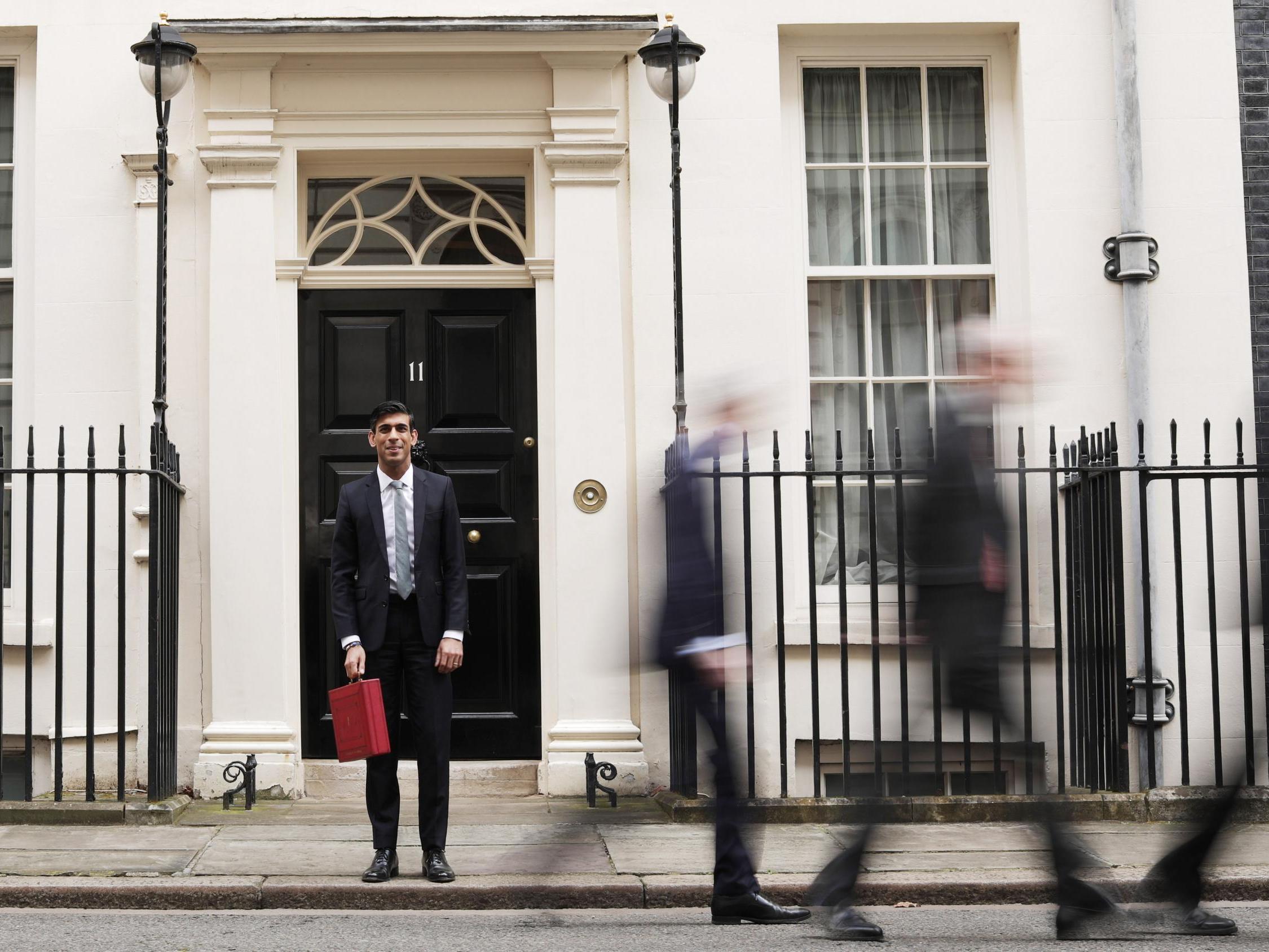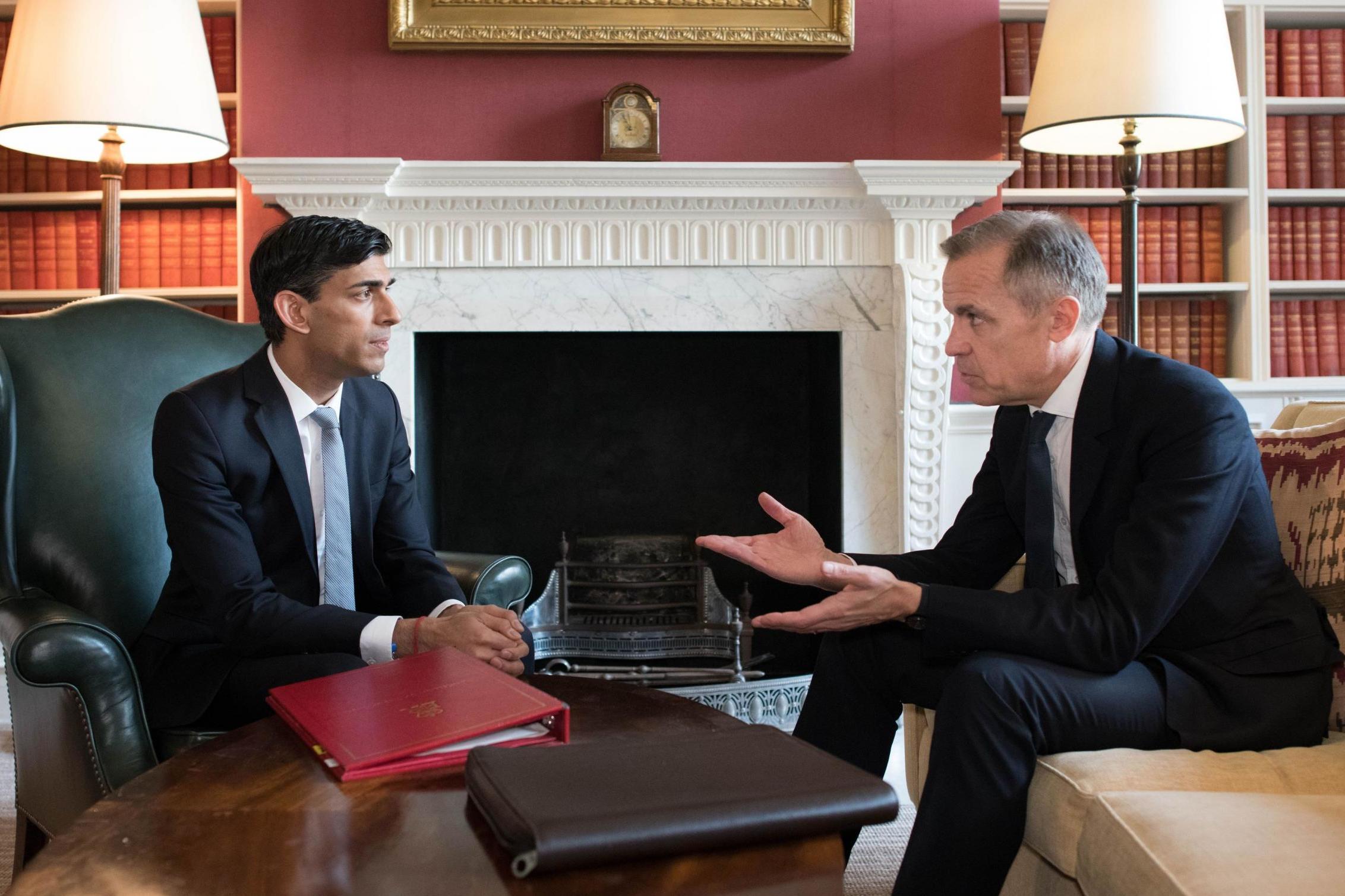Bank, Treasury and government functioning as one is not something we’re used to
Chris Blackhurst applauds the connected response to the coronavirus crisis and hopes this joined-up thinking and mature approach will continue


Well, we did not see that coming. A lifetime of covering Budget statements and the unveiling of supposedly large numbers that when you do the maths are anything but, has, I admit, turned me into a cynic where chancellor’s promises are concerned.
They make a pledge, I divide whatever they say by the population or the sum of businesses in Britain, whatever the declaration is concerning, and lo, the big boost starts to appear a lot smaller. That did not happen, though, with Rishi Sunak’s first Budget. He chucked out genuinely impressive figures. He spoke in billions, tens of them, in one go.
Roughly £30bn will be earmarked to combat the fallout from coronavirus: a strong cocktail of medicine, of extra money for the NHS, loan guarantees, scrapping business rates for some firms this year, together with a further assurance that the government will pick up the cost of sick pay for small firms, if their workers have to stay at home because of illness from the virus. This was serious stuff – not a package that for once, when you examined it closely, looked like not much at all.
To ensure we got the message, he said there would be more forthcoming if required.
Then came Sunak’s mega-fillip: £175bn to “get Britain building”, much of it to go on infrastructure projects. It’s an eye-watering investment, made even more so by the fact that for years we endured a succession of cuts to public spending as the Tories pursued an “austerity” agenda. Not any more, not in 2020.
Of course, there will be quibbling, there always is. But the lacklustre response from the Labour benches and the glum faces spoke volumes.
What was encouraging was the sense of a connected administration. That mood was underlined by the move immediately before the Budget, as the Bank of England cut interest rates. It was a shock, a response to the impact of coronavirus on an already fragile economy. It wasn’t a quarter of a per cent either, but half. Another decently sized swipe. Half a point may not seem hefty but it’s twice the reduction the bank made after the Brexit referendum result in 2016, which also took rates down to 0.25 per cent.
While that undoubtedly indicates the gravity of the situation facing a world trying to cope with coronavirus, reeling from an oil price war, and due an economic correction after a period of overheating, it was bold – the maximum the bank could make.

Credit, though, must be due to the departing governor, Mark Carney, in moving ahead of Sunak’s speech. He could have waited, until after the chancellor sat down, and the details of his announcement were digested. But that would have looked like sour grapes, a signal the bank did not have faith in what he’d said. Instead, Carney went first, then came Sunak. It felt like a two-hander: the two institutions of bank and Treasury working together to provide much-needed injection and reassurance.
It seemed, too, like bank and Treasury coming together to agree on what matters, to keep the economy ticking over in this difficult time, to ensure small and medium-sized businesses, the nation’s engine room, receive all the help they need. Just at the moment they might require extra cash to get them through a shutdown, the cost of borrowing has been trimmed. So the bank accompanied the rates news with relaxations on curbs on bank lending and the provision of incentives to incentivise SME lending. At last, we saw pragmatism in operation on high, an appreciation of where problems lie and how they can be treated.
It felt like a two-hander: the two institutions of bank and Treasury working together to provide much-needed injection and reassurance
It may sound daft to wax lyrical about such an approach – after all, it is hardly revolutionary. But a bank, Treasury and the rest of government led by No 10, functioning as one is not something we’ve always been used to. It serves to underline the growing crisis – indeed this is precisely how a government in a time of national crisis should behave – but that does not mean it is not welcome. Give thanks for a governor that acted swiftly, and a chancellor not afraid to commit significant amounts. Both men spoke of the blow to the economy from the virus, and declared their hope the damage would prove only temporary.
They’re not sure, however, they can’t be, so they adopted their coordinated stance, and did all they could. Again, in the past, there might have been the temptation to succumb to caution, to not make such a solid rates reduction, to not earmark as much as £30bn in one fell swoop. Naturally, that gives rise to the thought that they know something we don’t, that we’re in for one hell of a ride.
Nevertheless, I vouch that some previous chancellors and governors even if confronted by some grim internal predictions, would have chosen to play safe. The bank would have dropped rates by a quarter, and then another quarter; the chancellor would have put £10bn on one side, with two additional tranches of £10bn each to come.
This was a new, much-needed way of behaving. Long may the more mature, joined-up approach continue.
Join our commenting forum
Join thought-provoking conversations, follow other Independent readers and see their replies
Comments